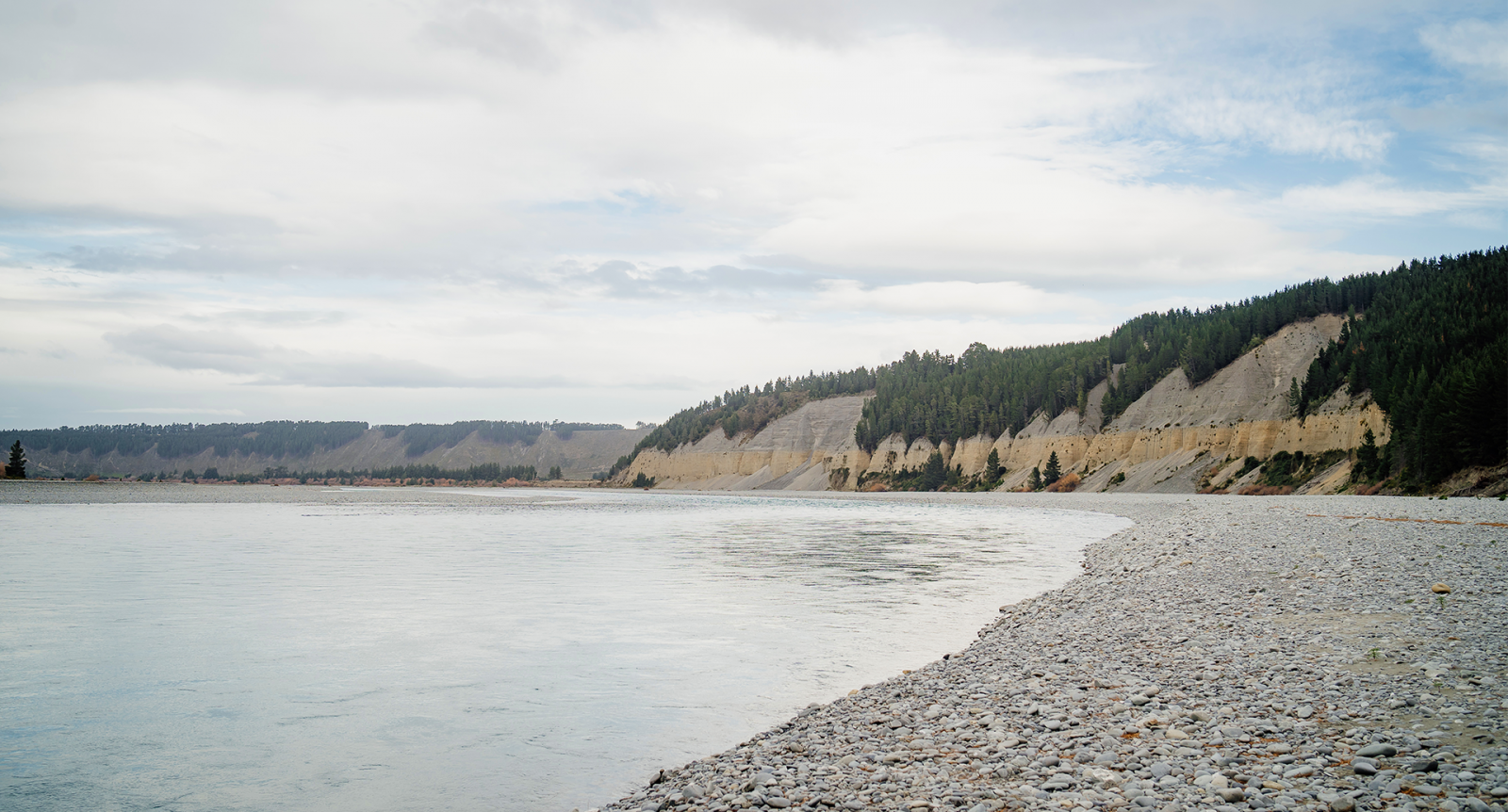Water Services - Frequently Asked Questions
The Right Pipe Project
We are doing the audit to ensure stormwater is being directed into the right network and that sewer gully traps are at the right height.
Urban Ashburton has experienced isolated sewage overflows in some residential areas during wet weather events and this audit will enable us to identify where and how stormwater is getting into the network and to help prevent it from happening again in the future.
The New Zealand Building Act has specific requirements for the way drainage systems are constructed, regardless of the age of a residential property. The Ashburton District Council wastewater drainage bylaw also has requirements designed to protect the sewerage network from issues created by stormwater flowing into the network.
We will be checking gully traps to make sure they are positioned at the right height as well as stormwater downpipes and soak holes to ensure the stormwater system is working to a satisfactory standard.
With Ashburton's sewerage network flowing in a south-easterly direction, we are starting inspections in Tinwald, in a west to east and north to south direction.
After completing our work in Tinwald, we will start inspections in the next suburb and continue working on a suburb-by-suburb basis. Information about which suburb we are working in next will be published on our website and advertised in the local newspapers.
At least two weeks before your inspection is scheduled to take place, we will notify you of the date and time by post. Please note our notification will only be sent to the property owner. If the property is rented, it is the property owner's responsibility to notify tenants about an inspection.
This depends on whether we are able to gain access to view your gully traps and stormwater downpipes. If these are not able to be accessed without assistance we will need to arrange to have someone present. If someone needs to be present and the date and time provided are not suitable, please contact the Council to arrange an alternative.
If you are not going to be at your property during the inspection and there are any other requirements we need to be aware of e.g. dogs, we also ask that you please notify us.
After we have done the inspection, we will provide you with the results.
If your drainage system meets the standards of the New Zealand Building Act and Council's bylaw requirements, no further action needs to be taken.
If you need to get changes made to your drainage system so that it meets the required standard, we will provide details in your report, along with the recommended action. It will be your responsibility to get the required work done within a set timeframe.
We will then arrange a date and time to do a re-inspection.
We recommend that you contact a plumber or drain layer to do the work. Plumbers know the legal requirements regarding stormwater and can advise the best ways for property owners to comply with these.
There is no fee for the first inspection. If you need to get work done following our initial inspection and we come back to do a re-inspection, this will also be free if the required work is complete.
If we do a re-inspection and the required work has still not been done you will be charged for that inspection and any subsequent inspections needed.
While we are confident that the work will result in improvements over time, we have to keep in mind that there is no guarantee that some problems with stormwater entering the sewerage network may still occur, especially during heavy rain events.
In addition to doing inspections of residential properties' drainage systems, our ongoing sewerage network assessment and pipe replacement programme will continue.
Stormwater can enter private sewer drains through gully traps being positioned too low, allowing overland flows of stormwater to enter the drain and roof down-pipes directed to gully traps or directly piped to the sewer drain.
Gully traps are not meant for stormwater.
The Building Act requires the gully trap be located at least 25mm above a paved surface and 100mm above an unpaved surface.
A gully trap is a basin in the ground which receives piped wastewater from your kitchen, bathroom and laundry before it is emptied into the sewer. The basin has a water seal to prevent foul odours of the sewer reaching the surface. The top or surround is raised above the ground level to prevent stormwater and other foreign matter entering the sewer.
What if I have tenants in my property?
It is your responsibility to advise your tenants about the inspection(s). Our notification is only to the property owner.
We expect this project will continue for the next one to two years.
